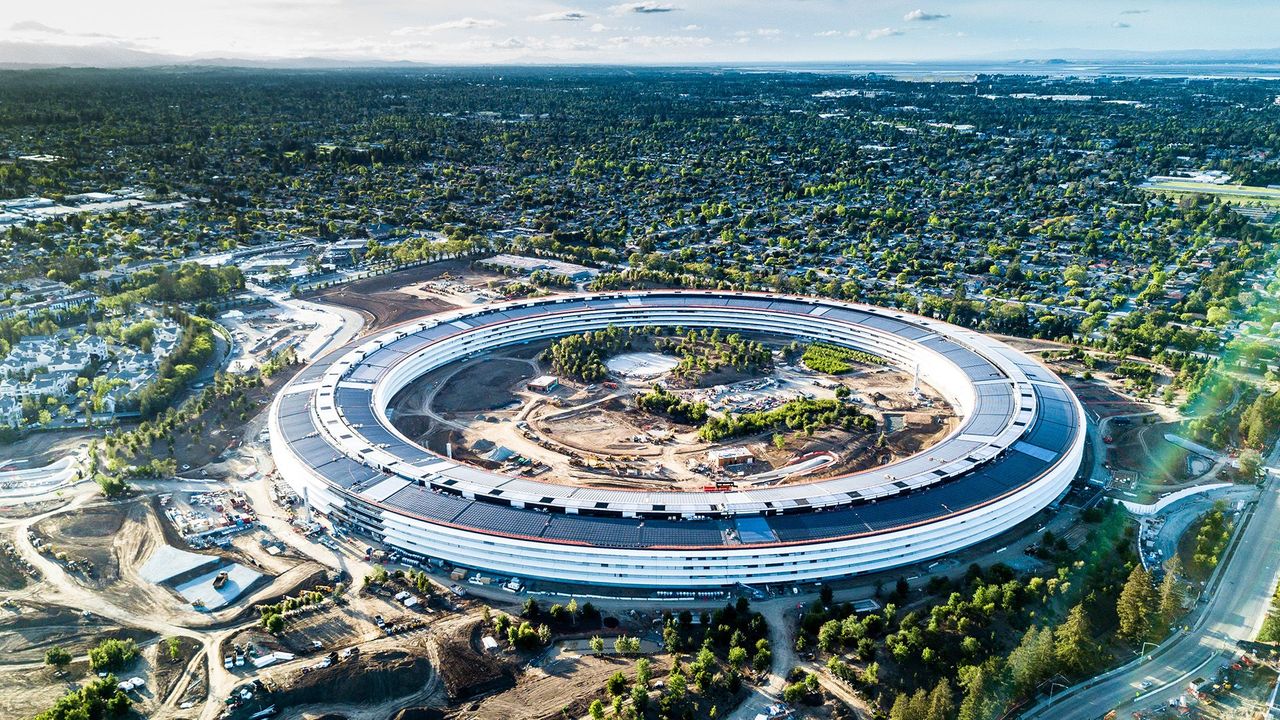Climate change has become the ultimate capital allocation test. The next era of global power will not be decided by militaries or manufacturing bases alone, but by who finances the transition to a livable planet. Silicon Valley once monopolized the imagination of innovation, believing that a mix of venture capital, moon-shot risk appetite, and software-first thinking could solve any global problem.

However, as climate disruption shifts from abstract risk to lived reality, and as solutions move from code to soil, solar, storage, water infrastructure, regenerative agriculture and carbon markets, the world is asking a new question: where will climate capital come from, and who does it serve?
For decades, the center of gravity sat firmly in California. Breakthrough Energy Ventures, Lower carbon Capital, Congruent Ventures, and other climate-focused funds deploy billions into technologies such as carbon removal start-ups like Charm Industrial, electrofuels pioneers like Twelve, and electric mobility plays like Rivian. But the geography of investment tells a revealing story: most of the capital remains concentrated in the US and Europe.
Meanwhile, Africa the region most vulnerable to climate shocks and simultaneously the most endowed with renewable potential receives less than 3% of global climate finance, as reported in the African Development Bank group reports. This is not merely an imbalance of capital; it is a misreading of where the climate future will be forged.
In Nairobi, Accra, Lagos, Kigali, and Cape Town, a different climate technology thesis is emerging; leapfrogging infrastructure, decentralizing energy systems, integrating adaptation with productivity, and building climate markets rooted in equity, access, and resilience.
African innovators are not designing climate tech for marginal efficiency gains they are designing for survival, affordability, and scale in markets that skipped landlines, centralized grids, and industrial agriculture. Distributed solar companies like M-KOPA, Sun King, and d.light created pay-as-you-go renewable energy systems long before Western utilities realized distributed energy could beat centralized models.
Kenya’s BasiGo is proving electric mobility can scale without waiting for sprawling charging infrastructure, while technology-enabled regenerative agriculture solutions across East Africa are restoring soil fertility, boosting yields, and embedding small farmers into carbon and biodiversity credit markets. These models are not imitations of Silicon Valley they are original climate architectures born from necessity and ingenuity.
Global venture capital has been slow to recognize this reality. The dominant perception remains that frontier markets equal risk, while Western markets equal safety and sophistication. In truth, climate-induced volatility in advanced economies wildfire-driven insurance collapses in California, heat-related grid failures in Texas, and flooding in Germany increasingly resembles the so-called “frontier risk” long associated with emerging markets.
Meanwhile, Africa’s risk is not just exposure but also opportunity density: unused solar potential, rapidly growing urban populations, youthful talent pools, and the chance to build low-carbon infrastructure without legacy baggage. The world’s major development finance institutions IFC, AfDB, BII, FMO have noticed. They are blending concessional capital with private investment, reducing perceived risk, and seeding the next generation of climate ventures. Blended finance instruments are becoming the quiet superpower of climate investing, turning what looks risky through a Silicon Valley lens into attractive frontier alpha.
This moment demands a new type of investor one who understands that climate innovation is not an app; it is an operating system for society. They will need to straddle venture capital, development finance, carbon markets, and sovereign policy. They will underwrite transition pathways, not just cap tables. They will measure returns in gigatons avoided, livelihoods strengthened, biodiversity preserved, and systems transformed alongside financial upside, and they will recognize that local credibility, policy literacy, and community engagement are as crucial as intellectual property and velocity.
The climate future will not be funded by one valley, one model, or one worldview. Silicon Valley built the digital internet; Nairobi is helping shape the climate internet a network of energy nodes, regenerative farms, carbon sinks, electrified fleets, circular supply chains, and climate data rails across the Global South. If innovation in the last century was driven by efficiency, the next will be defined by resilience. If value once came from software eating the world, tomorrow’s value will come from software, hardware, nature, and finance rebuilding it.
So, who funds the climate future? The ones who realize that the greatest climate companies of the next decade may not emerge from Sand Hill Road but from Ngong Road, Lagos Island, Kigali Heights, and Accra’s Airport City. The ones who understand that where the crisis hits hardest, the solutions will be boldest. And the ones who refuse to mistake historical capital concentration for future innovation geography. The climate transition will reward courage, context, and imagination. Capital that recognizes this early will not just profit it will define history.





